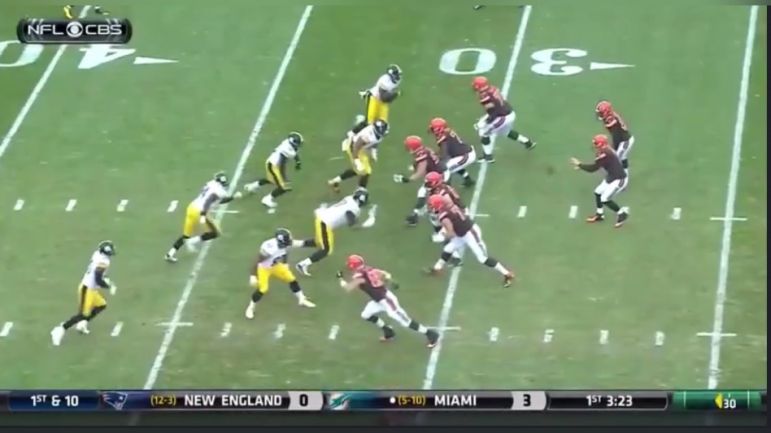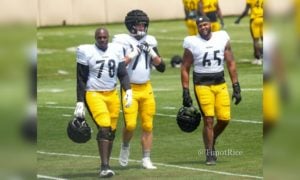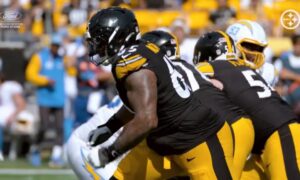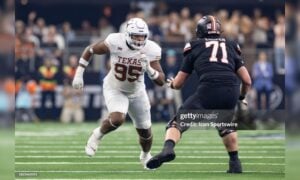When you think Dick LeBeau, you think the Fire Zone defense. Though he’s not the lone coach in NFL history to tinker with the concept, he’s the only who modernized and popularized it. LeBeau was a guest on Bryant McFadden’s All Things Covered podcast to discuss the roots of his famous philosophy that made its way to Pittsburgh and brought them a pair of Super Bowls.
The true origins go back to his playing doors in an insanely talented Detroit Lions secondary, working alongside the likes of Dick “Night Train” Lane and Lem Barney. The concept evolved as he became a coach.
“For the final thing I really started to tinker around with zone concept behind pressure,” LeBeau told McFadden. “All this study that I did on stats and I broke down every defense and every play that we ran and the yards gained per run and the yards gained per pass against it. And traditionally over the years, pressure defenses had the best numbers. Particularly in interceptions, turnover sacks, things like that. And I said, ‘Man, those are the plays that can win for defenses and help contribute to the win for the football team.'”
The idea makes sense. More pressure can influence more poor decisions from the quarterback which leads to more turnovers. And if the quarterback holds onto the ball too long, the blitz will get home and the QB will be sacked. But there is no such thing as a perfect defense and man-pressure calls had their clear downsides, too.
“Generally speaking, [man-pressure] gave up the biggest plays because if somebody fell down, slipped missed a tackle, it was out the gate for 50, 60-yard play,” LeBeau said.
If the defense is bringing extra people to blitz, there’s fewer to cover. And because there’s fewer to cover, there’s less overlap in the secondary. At the time, pressure meant playing man coverage behind and if someone missed a tackle or couldn’t make the play, the rest of the defense was late to react to the ball, their backs turned as they were covering their man instead.
Enter the zone blitz. The best of both worlds. The ability to create pressure and chaos without having to send the house, creatively dropping one player into coverage, often an outside linebacker (but sometimes a nose tackle). A Fire Zone traditionally sent just five and played Cover 3 behind. If anything, it could help increase the number of takeaways. Zone defenders have their eyes on the football and drive on it instead of turning their backs to the quarterback. The idea worked and in Pittsburgh, the Steelers became a zone-blitz defense, winning a pair of Super Bowls because of it. In 2005, the Steelers had the third-ranked defense. In 2008, they were No. 1.
“And I said, ‘Well what if you could just get a lot of pressure on the dudes and still have a guy or two that didn’t have an assignment where he had to go running all over, chasing a guy all over the field, but get to an area.’ And that’s what started it basically,” LeBeau said.
Other coaches made their own contributions to the idea — Bill Arnsparger is among the most notable also tinkering with the zone blitz — but when you think of the idea, you think LeBeau.
A great player and innovator, LeBeau was inducted into the Pro Football Hall of Fame in 2010. Today, Pittsburgh doesn’t run the zone blitz as much as he used to but its concepts exist throughout the NFL and probably at all levels of football. It was a brilliant way of problem-solving and a treat to hear him break down its history.
Hear the whole hour-long interview below.








